Asked
Modified 4 years, 2 months ago
Viewed 877 times
$\begingroup$
On cars, it is often to replace all four tires at the same time. Is this true also for aircraft?
I imagine the nose gear and main gear probably can be replaced at different intervals. However, are tires within the same gear assembly replaced together? What about left and right gears? For example, is it ok to replace all tires on the left gear only while keeping old tires on the right?
$\endgroup$
4
$\begingroup$
Nope. . they are replaced 'on condition'. Exception is when one tyre has deflated before landing (cockpit indication and later confirmed) then the good tyre on the same axle has to be replaced irrespective of condition.
Tyres have a hard life and get damaged by rubbish on the runway and stand. Also airplanes don't always hit the ground straight .. when they come in at an angle it wears the side of the thread more on that tyre.
$\endgroup$
2
$\begingroup$
Airline tires are replaced on-condition and are generally recapped until the tire carcass condition deteriorates or is damaged to the point recapping is no longer viable. There is no regulatory limit, at least in North America, on the number of times a tire can be recapped if the carcass is serviceable.
$\endgroup$
$\begingroup$
On small planes, tires & inner tubes are used, not like cars which use tubeless tires.
Tires are also different sizes & plys. For example, my POH (Pilot Operating Handbook) calls for 4 ply 5"x5 nose wheel and 6 ply 6"x6 main gear. I recently had a pinhole wear thru on a main gear tire, so it went flat after 2-3 days, requiring a tube change. The tire itself was fine.
So changing the parts that are worn is the norm.
$\endgroup$
Sign up using Google
Sign up using Facebook
Sign up using Email and Password
Required, but never shown
Required, but never shown
By clicking “Post Your Answer”, you agree to our terms of service, privacy policy and cookie policy
Ask Question
Asked
Modified 4 years, 1 month ago
Viewed 21k times
$\begingroup$
I imagine that the tires on commercial jets wear out pretty fast with all those squealing landings as the tire suddenly has to spin up from zero to the speed of landing.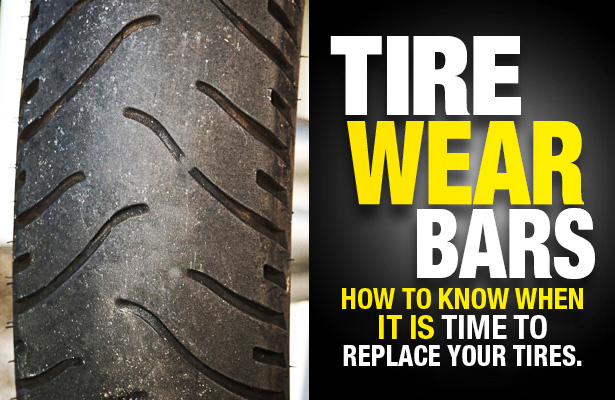
2 questions:
How many landings does any average commercial airliner tire last before it is discarded?
Before landing, why not have a small motor assembly on the landing gear to spin up the tires to the correct speed? Surely this would avoid the degrading tire burn. The tire might last a lot longer and might even offset the cost of the motor assembly.
$\endgroup$
6
$\begingroup$
I've heard that airliners' tires will last about 200-250 depending on how many hard landings are made. Bizjet tires will last longer, and light aircraft tires will last indefinitely, depending on how gentle you are and what kind of surface you're landing on. I had one start cracking around the wall and just looking unsafe long before the treads ever started to wear.
As for the spin-up idea, it's been proposed many many times, but generally always rejected due to weight and maintenance costs. However, now that fuel is by far the main expense in an airliner's trip, companies are looking for any way to reduce fuel burn. As it turns out, taxiing an airliner burns quite a bit of fuel. They've already started turning one engine off for long taxis, and I think that electric wheel motors will be the next big thing.
The motors have gotten light enough and strong enough that they are a now a viable option. They can be powered by the APU or by a set of batteries (which are also now becoming light enough, see the 787 when they get the kinks worked out). So when they get around to putting them on aircraft for taxiing purposes, you can bet that they'll be spun-up right before landing.
$\endgroup$
6
$\begingroup$
Although tyres can wear out "pretty fast" with numerous landings however as long as the carcass is in good condition then the tyre will go for a retread rather than be discarded.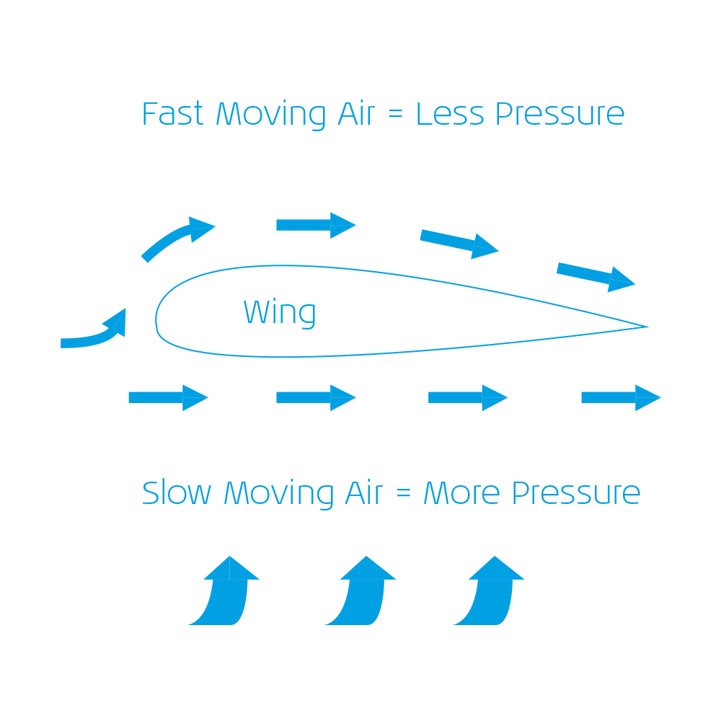
So from a purely economic point of view I suspect a retread is the cheapest option rather than trying to develop elaborate systems to extend the life of the tread. The other issues I can see with spin up motors is lack of space and temperatures. There is very little room inside a wheel rim for any motors, they are filled with multi-plate disc brakes. The brakes get very hot when braking and would be a very harsh environment for any motor. So far simpler and cheaper to retread the tyre when it starts to get worn out.
$\endgroup$
$\begingroup$
This article would lend a number of roughly 240 landings per set of tires
an A340 will complete roughly 6,000 take-offs and landings, calling for about 25 sets of replacement tires
Since some aircraft tires can be remolded and to a large extent recycled they are a fairly decent part. In the end of the day the tires are sacrificial by design, its simply easier and cheaper to replace tires every 240 landings than maintain some complex spin up system or use some pricey material (which may or may not exist) that wears slower.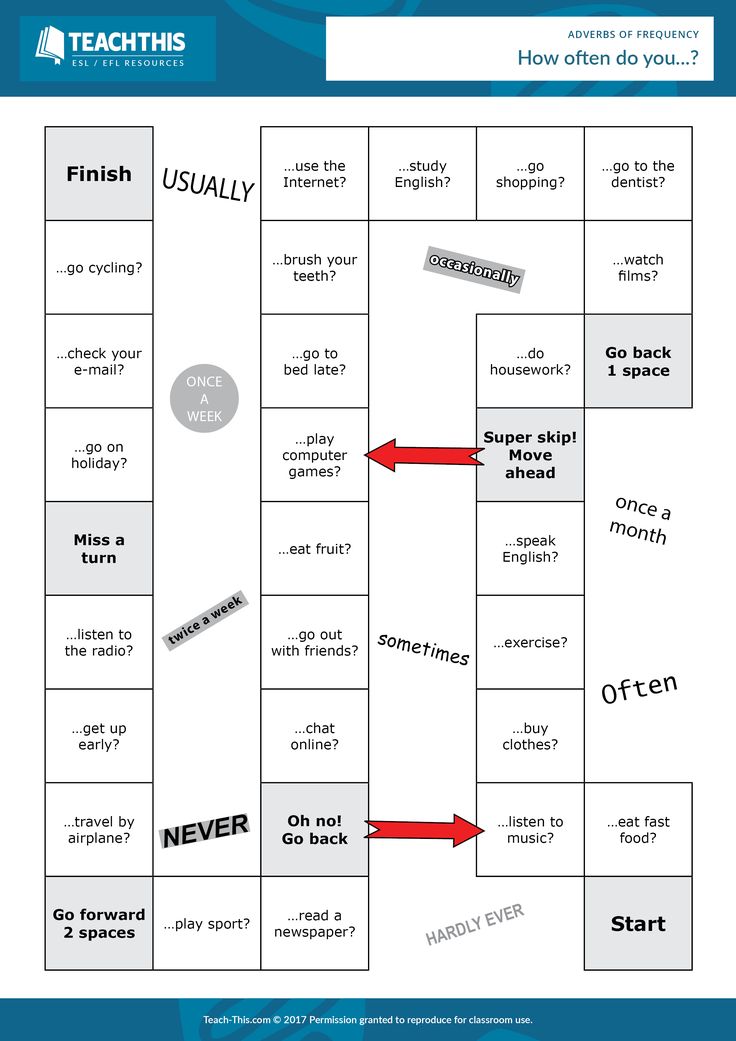
In response to this half of the question
Before landing, why not have a small motor assembly on the landing gear to spin up the tires to the correct speed? Surely this would avoid the degrading tire burn. The tire might last a lot longer and might even offset the cost of the motor assembly.
Take a look at this similar question but basically in short there are a few issues with pre spinning tires even if the system was viable from a weight standpoint. They did some research on it back in the day and found that pre spinning does not really reduce wear significantly (more on that in the linked answer).
$\endgroup$
If you've ever seen an airplane landing from the side, you've probably noticed a cloud of smoke that appears at the moment the landing gear wheels touch the runway. This is due to the fact that the initially stationary wheels are pressed against the concrete surface by the weight of the airliner at a speed of ~ 270 km/h.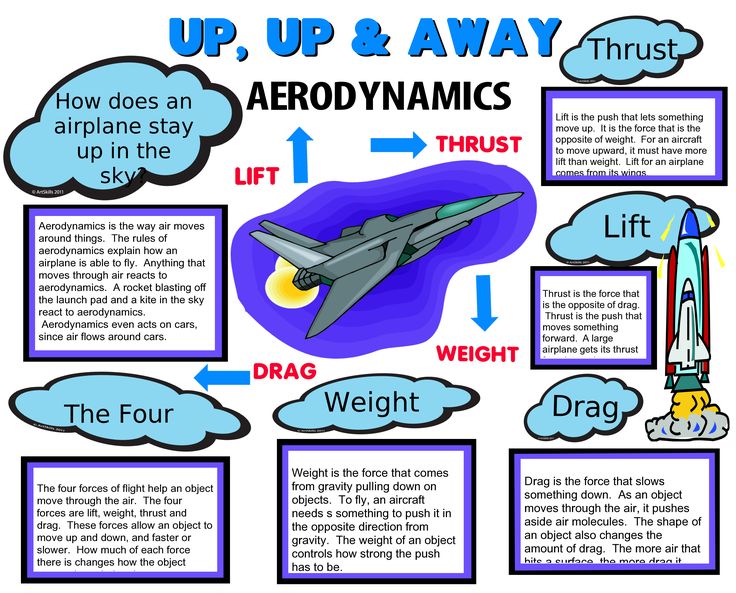
Strong friction heats up the rubber to 180°C - 200°C and produces smoke. This lasts only a few seconds, after which the wheels of the landing gear come into contact with the runway and then already rotate in accordance with the speed of the aircraft.
Due to the friction of tires on concrete, characteristic black marks form on the runway, which impair traction, and therefore increase the braking distance after landing. It is believed that with each landing an airliner leaves behind the ground from 400 to 700 grams of burnt rubber. At large airports, it is removed from the runway about once a week, and at smaller airports - once a year.
It would seem that airlines could save a lot if their aircraft were equipped with a system for pre-spinning the wheels before landing. After all, then when the wheel came into contact with the ground, strong heating would not occur, which means that the tires would last longer.
Similar solutions were proposed in the first half of the 20th century, but they were never used in commercial aviation. Only a few models of aircraft are known, where electric motors were used to spin the wheels before landing. The first is the American Lockheed R6V Constitution, an experimental military transport aircraft that first flew in 1946. The second was the Soviet reconnaissance aircraft Il-28R in 1950.
Only a few models of aircraft are known, where electric motors were used to spin the wheels before landing. The first is the American Lockheed R6V Constitution, an experimental military transport aircraft that first flew in 1946. The second was the Soviet reconnaissance aircraft Il-28R in 1950.
R6V Constitution pilots noted an unpleasant feature of the wheel spin system - because of it, during landing, it became much more difficult to understand whether the plane touched the ground or not yet. In addition to this drawback, wheel spin systems have a number of disadvantages, due to which we are unlikely to ever stop observing smoke during landing.
First, modern airliners are equipped with 6 to 22 wheels, each weighing between 60 and 120 kg. Therefore, on average, about a dozen electric motors are needed, powerful enough to spin heavy wheels at the speed of Formula One. The engines will need batteries to run, which in aviation can pose a serious safety hazard due to design errors.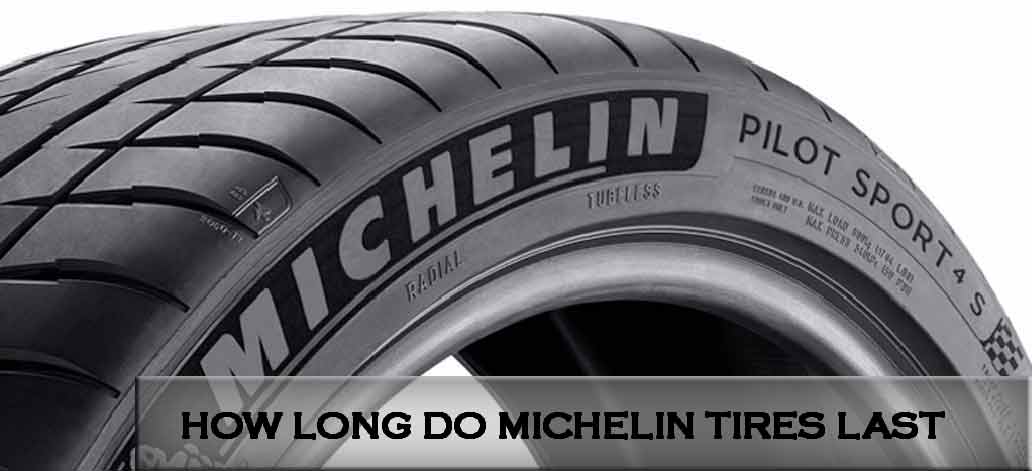 Batteries and engines will greatly increase the mass of the aircraft, which will inevitably lead to increased fuel consumption and offset the savings on tires.
Batteries and engines will greatly increase the mass of the aircraft, which will inevitably lead to increased fuel consumption and offset the savings on tires.
Secondly, in order to introduce new technology on commercial flights, it is necessary to be certified by regulators (such as the FAA in the US and EASA in Europe), proving the safety and fault tolerance of the system. The latter will be a particularly difficult challenge. After all, if at least one electric motor stops working, then during landing the plane can lead to the side. And given that the width of the runway usually does not exceed 60 meters, there is not much room for maneuver.
Thirdly, even if we forget about the mass of this entire system, the savings on tires will still turn out to be quite meager. According to studies, the use of wheel spin systems reduces tire wear during landing by no more than 50%.
Changing an airliner wheel takes about 20 minutes. Modern tires last 300 to 500 take-off and landing cycles before being retreaded.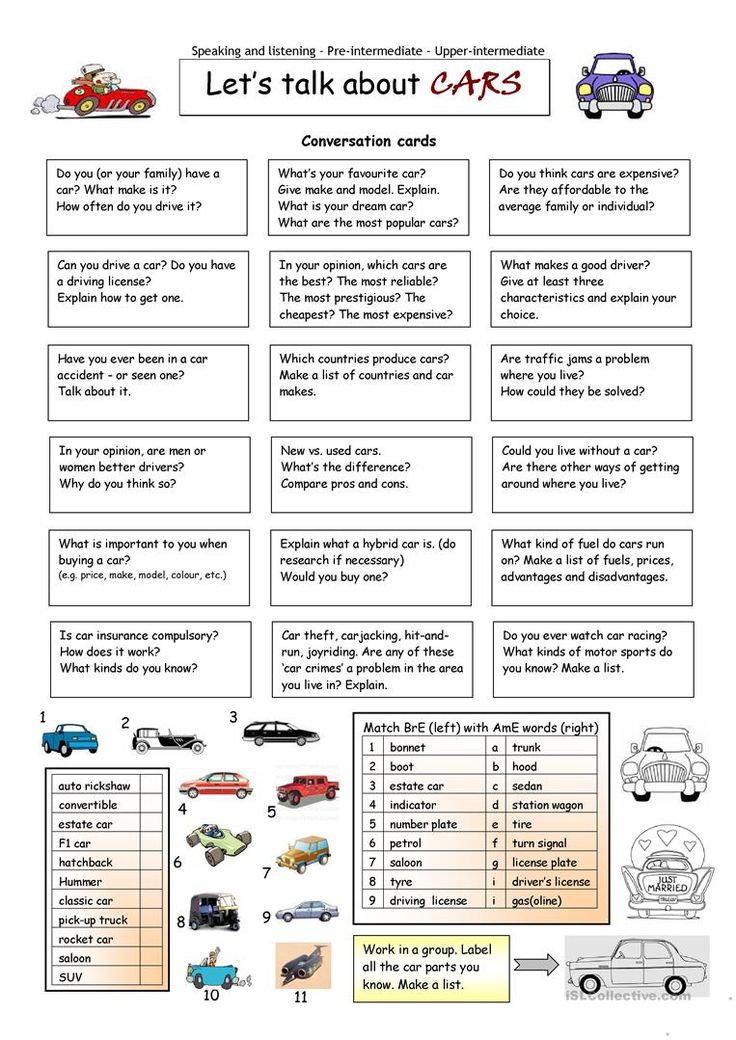 On average, each tire goes through the retreading process 4 to 6 times. Tires for a Boeing 737 cost about $1,500 a piece, while tires for an Airbus A380 cost up to $5,000. These are insignificant figures against the background, for example, of replacing one engine blade after being hit by a bird: in this case, the repair will cost ~ 50 thousand dollars. A complete replacement of one of the engines is estimated at $10 million or more.
On average, each tire goes through the retreading process 4 to 6 times. Tires for a Boeing 737 cost about $1,500 a piece, while tires for an Airbus A380 cost up to $5,000. These are insignificant figures against the background, for example, of replacing one engine blade after being hit by a bird: in this case, the repair will cost ~ 50 thousand dollars. A complete replacement of one of the engines is estimated at $10 million or more.
No, Google is not replacing its human employees with artiodactyls. However, it's time to update the skills section of your resume: if you can stand for hours, love animals, and can...
This time I got my hands on a budget Hiper Media ATV 8K TV Box. This is a very compact device designed to play both online and offline content. Thanks to HDMI...
An international airport in the middle of five-thousander mountains, at an altitude of 2244 m, where landing is only allowed during daylight hours and with a limited number of pilots - hmm, sounds dangerous. So it is,...
So it is,...
Today I'd like to show you some compact chest bags that are convenient to use in an urban environment for everyday life. In such a bag it is convenient to place: a tablet or an e-book,...
One of the most extravagant houses in Moscow. Walked up to him. On the way I saw a lot of interesting things: a strange sticker, a glass cube on the roof, a house with narrow windows and Soviet artifacts,...
The Roman Empire was the greatest state, the official language of which was classical Latin. Now, if anyone knows this language, then these are doctors, scientists and clergymen, and the world has long been...
 "
" Well, again, there is nothing to do. You have to turn the wheel.
We move to the storage room and there we stop in front of a bilingual banner.
There, the soul tells us that somewhere nearby there are wheels with new tires.
Certificates and acceptance documents are attached to them in bags.
Grab the wheel and put it on the cart.
There is also a jack, a tool.
We print technology.
And - at full steam to work.
Soon we are under the plane.
Wheel unloaded.
Pins are inserted into the braces of all chassis legs to prevent accidental folding of the legs.
Installing the jack/lift.
We bring its support platform to the hemisphere on the landing gear.
While pumping the handle of the jack, raise the front leg.
The principle of fastening the wheels on the Boeing-737 and Airbus-320 is the same.
The wheel is fixed with one nut.
Remove the safety wire from the screws that lock the nut from loosening.
Unscrew these two screws with a hexagon.
Next, we climb into our magic case with tools for changing wheels
 Since they are screwed in through the holes in the nut, they thus prevent the wheel nut from unscrewing.
Since they are screwed in through the holes in the nut, they thus prevent the wheel nut from unscrewing. Remove the washer along the groove.
To prevent the wheel bearing from damaging the thread on the strut axle, screw the protector onto the thread.
Pull the wheel towards you and slightly up, and it slides along the axle.
Stand without one wheel

It is necessary to tighten the nut with a certain moment and in two stages.
Set the desired moment on the key.
Turn the wheel and tighten the nut until the mechanism inside the key clicks.
Loosen the nut.
We set another moment for the final tightening and pull a second time.
Thread the safety wire through the holes in the head of one screw so that the tension of the wire tightens the screw, and twist the safety wire up to the second screw.
There we thread the lock into the holes of the head of the second screw, guided by the same principle - when turning any screw to loosen, the wire should pull the second one to screw in.
We twist the free ends of the wire, bite off the excess and bend the end so that a random feeler does not injure his hands with a protruding tip.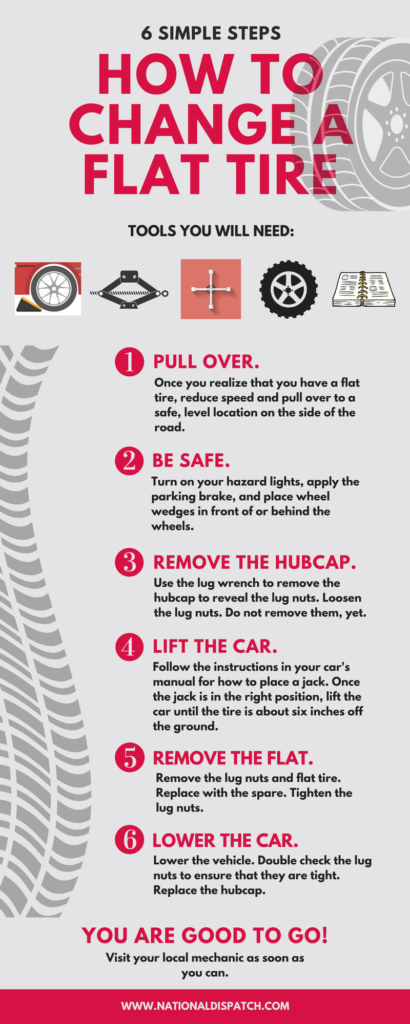
The actual wheel is installed.
Now it must be inflated with nitrogen (the wheels come empty or with a little pressure after the bulkhead).
Our old friend Mr. Nippel will help us with this.
We call a nitrogen cart or car.
In the meantime, we are copying the numbers from the old wheel.
Yes, our second old friend, the safety valve, will protect us from tire inflation.
They bring nitrogen.
We connect the device to the charging socket.
We bring the pressure to normal - 200 PSI (Pounds per Square Inch = Pounds per square inch). In atmospheres, this is about 14.
That's it, now you can disconnect the fixture and lower the plane.
New wheel fitted.
But to complete the work, we still need to do something.
Issue a logbook.
We pull out the pins from the legs and carry them into the cockpit, and at the same time grab the logbook there.
This completes the work on the plane.
Now you can work in the house :)
We issue a red tag for the faulty wheel and write down the data of the removed one in the certificate for the new one.
Well, now we are left with a mere trifle.